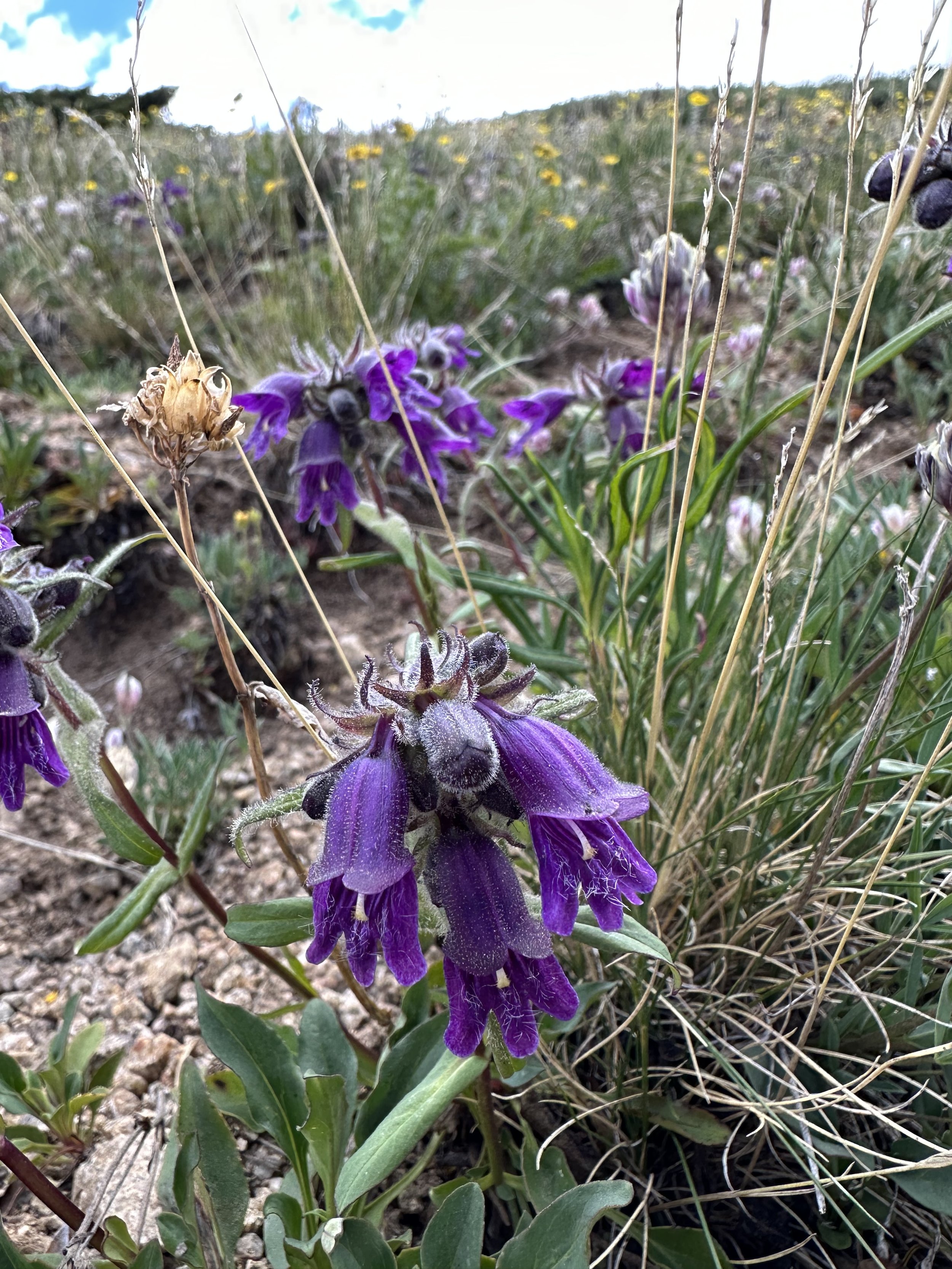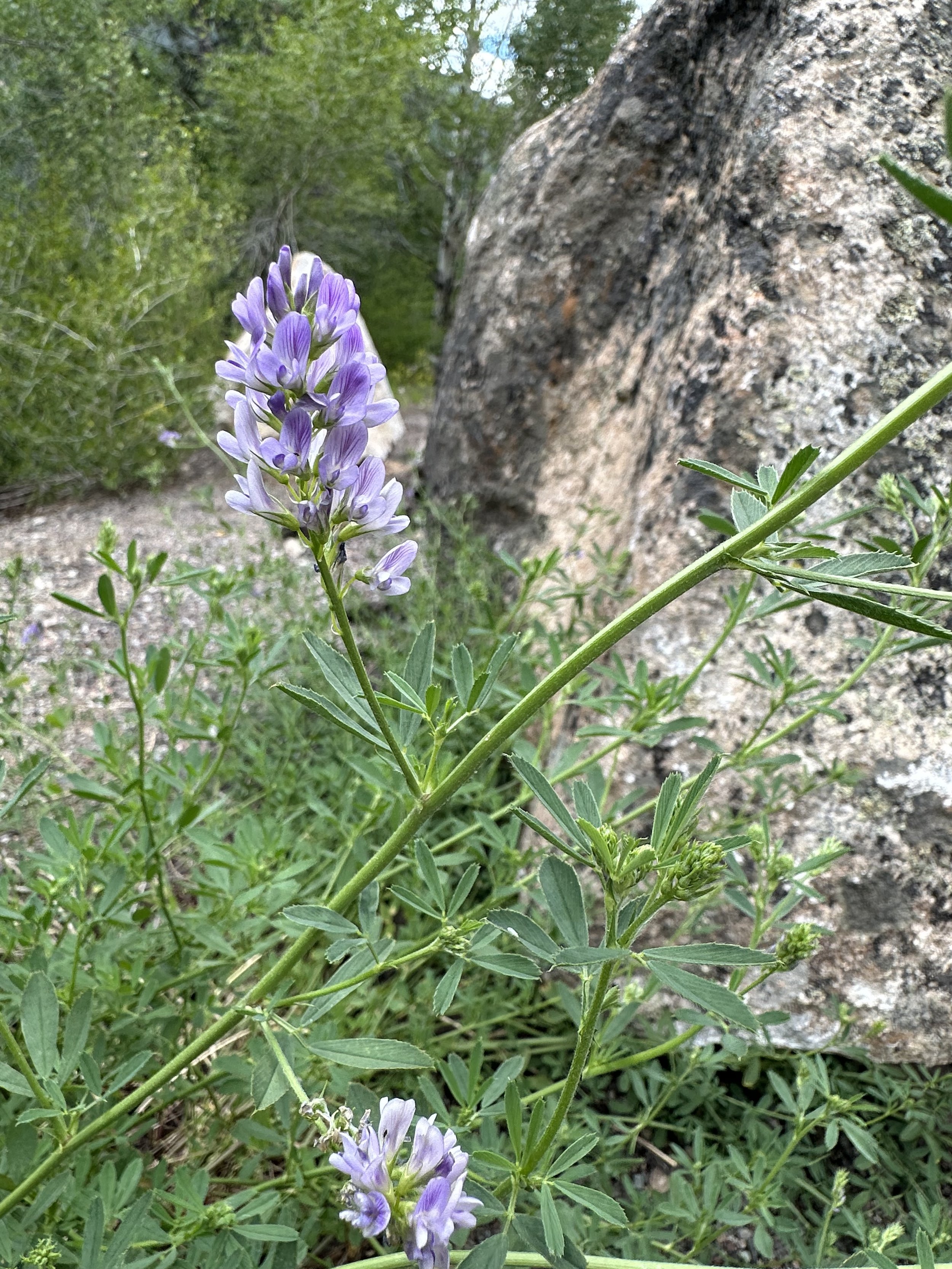Bistorta bistortoides, July 11, 2023
Common & scientific name
American bistort, Bistorta bistortoides
Family
Buckwheat, Polygonaceae
Location
Linkins Lake Trail, 11,900’
Fun, weird, helpful, or little known fact
One of our most common subalpine and alpine flowers. Bistort has a long history of use by Native Americans as food and for medicinal purposes, and is also favored by many animals.
Upper Lost Man, 12,000’, August 26, 2023


















